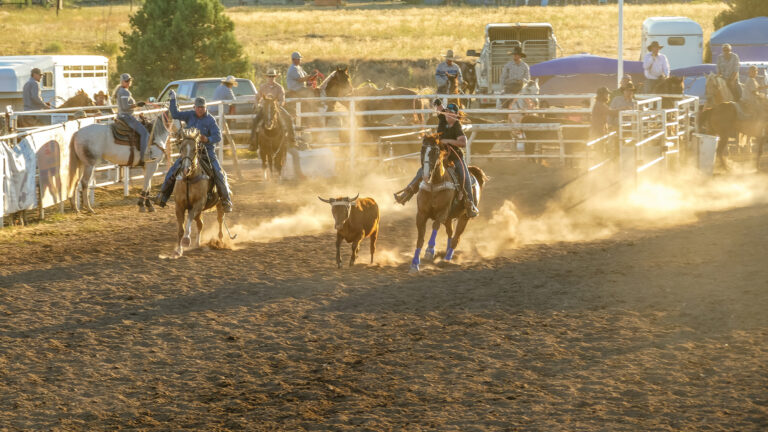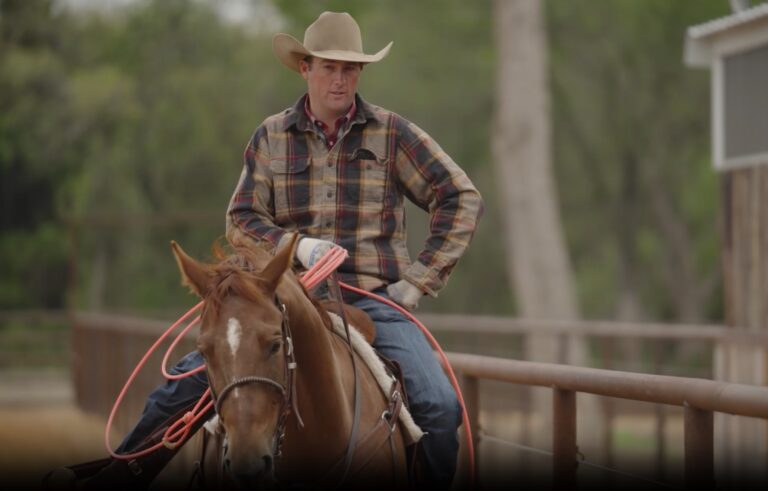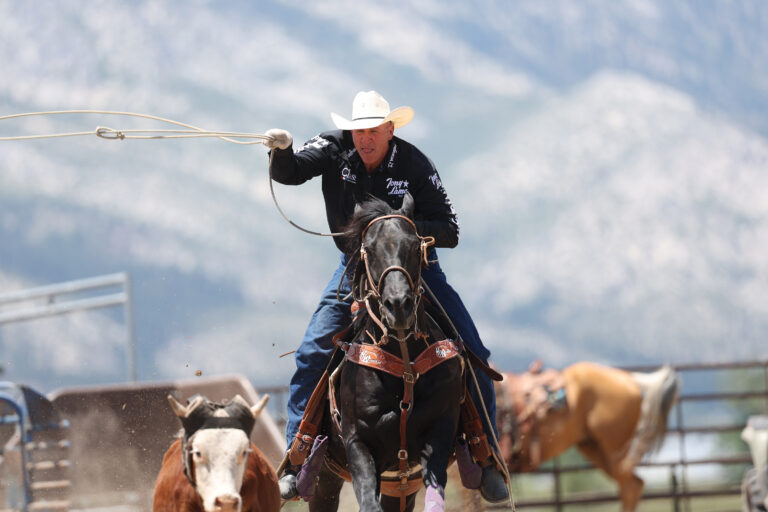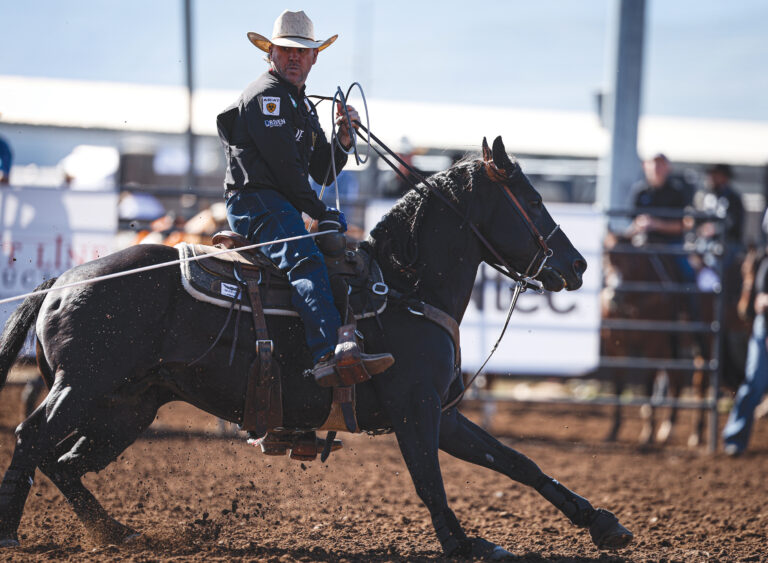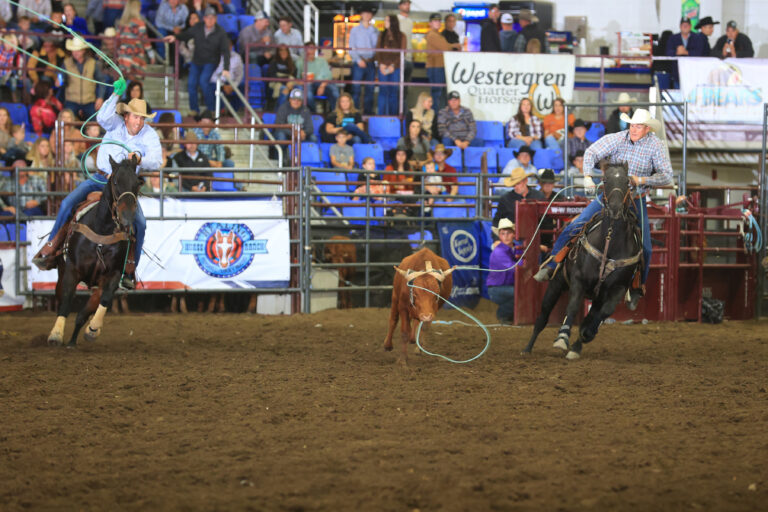Ah, the annual battle against bothersome flies. It might start when you’re tail-slapped in the face after an aggressive fly-induced tail swish. Or when walking into your barn becomes like entering a war zone with no hope of a cease-fire.
The torture is real—and there might come a point when you’re willing to do anything to stop it. But, unfortunately, “there isn’t one silver bullet to fly management,” as Erika Machtinger, PhD, writes in her article, “Filth Fly Control on Horse Farms,” for the Penn State Extension. So what to do?
The Basics
About the time you’re putting away your horse’s winter blankets, you should be getting out the fly sheets and masks. The mesh sheets shield your horse’s body from the brunt of the attacks, while masks of similar material can protect sensitive equine eyes, ears and facial skin. (Full body armor, anyone?)
Other variations on this barrier-based theme: fly boots and fly bands, which minimize the endless stomping that leads to crumbling hooves and lost shoes.
Then grab some fly repellent and start spritzing your horse. Though the relief is temporary, it does help. And don’t forget other time-tested deterrents such as premise sprays, fly traps, fans and good, old-fashioned manure management.
And goodbye, standing water! A no-tell motel for breeding mosquitoes, it’s a good reason to empty water-collecting sources like pet bowls and bird feeders. Cleaning water troughs regularly also helps.
These traditional methods do provide a first-line defense against flies. But here’s the thing: They’re seldom enough to keep all the pests at bay during seasons that are getting longer due to climate change.
Alternative Methods
Alternative fly control methods abound. While some are recent developments, others are blasts from the past—and many may be worth adding to your regimen.
If you read your fly spray labels (and you should), you’ll note that pyrethrin is a popular ingredient. Extracted from the dried flower heads of Chrysanthemum cinerariifolium and Chrysanthemum coccineum, it’s a natural insecticide that targets mosquitoes, fleas, flies, moths, ants and more. So why not plant insect-deterring flowers around your barn? Lavender can repel moths, fleas, flies and mosquitoes, while marigolds might deter mosquitoes. You can even harness “flower power” (natural bug banes such as citronella oil and lavender oil) to create homemade fly sprays.
“Beneficial bugs” (or fly predators) are another option. Unlike the pests they’re released to combat, these mercenary wasps-for-hire are stingless to humans and horses. Just sprinkle a package of their cocoons wherever flies produce. When they emerge, the wasps break the fly life cycle.
Minimize mosquito larvae in your water troughs with the addition of goldfish, “mosquito-fish” or even a bit of mineral oil. Natural larvacides (“dunks”) with low toxicity to non-target species are also handy around water sources; be sure to check labels for approved use in animal troughs.
Feed-through fly control products are another way to prevent infestation. Because they contain insect growth regulators (IGRs), manure dropped by a treated horse already contains the fly control. For a natural alternative, try equine supplements containing garlic.
Multiple Strategies
When it comes to your fly control program, more really is better. Get the most bang for your buck by layering many appropriate methods, always mindful of the species you’re targeting. Also, create a schedule that works for your region.
For example, winter might be a good time to peruse seed catalogs for pest-repelling varieties to plant. Once the weather warms, begin scouting your property for standing water, and eliminate it or channel it away. Early spring is also the time to order beneficial bugs—then replenish them monthly. Fish, dunks and feed-through supplements should also be implemented early.
Do some spring cleaning to further eradicate potential breeding grounds. Check your tarps, wheelbarrows and spreaders for needed repairs, and consider composting.
As the season gets underway, take out your fly masks, boots and sheets, and perform any necessary sudsing and patching. Hose off your box fans and attach them to stall screens. Order fly spray, premise spray and fresh traps, but be sure to hang any traps or bug zappers at strategic spots outside the barn, so you won’t lure the flies inside.
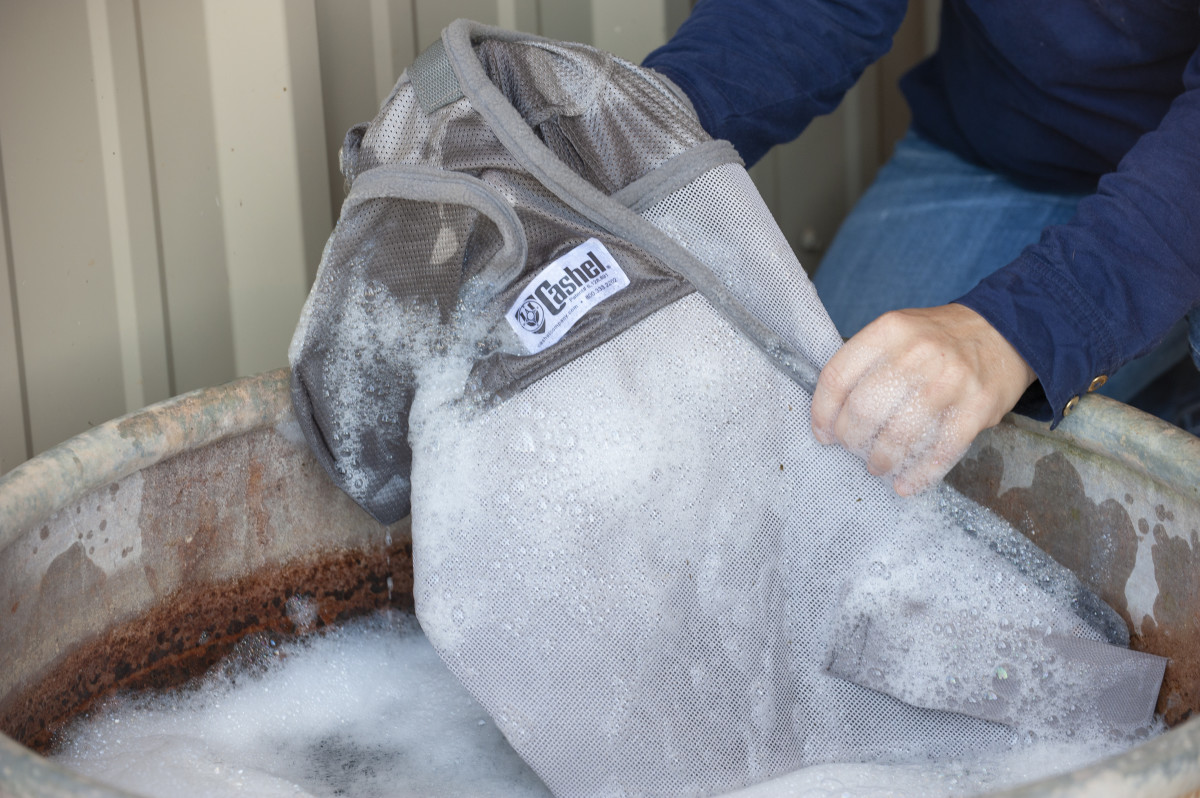
Then manage that muck! Clean stalls regularly, sweep up spilled grain, and move manure off the premises frequently. Throughout the season, stay on top of standing water sources and keep fly masks, sheets, etc., clean and in good repair.
It takes a little planning, but an integrated approach using multiple strategies is the best way to keep horses healthy and happy during fly season.




